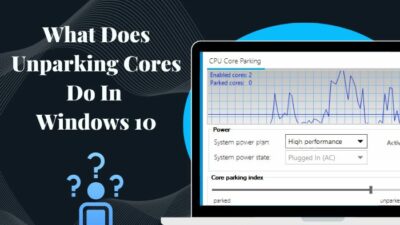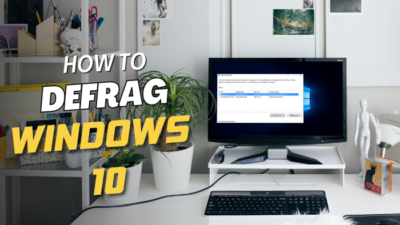Using the ADB driver, you can establish a connection between your Windows PC and Android devices.
The process of installing ADB drivers can be daunting, especially if it’s your first time.
Don’t worry. In this guide, I will walk you through the steps to download and install ADB drivers on Windows 11.
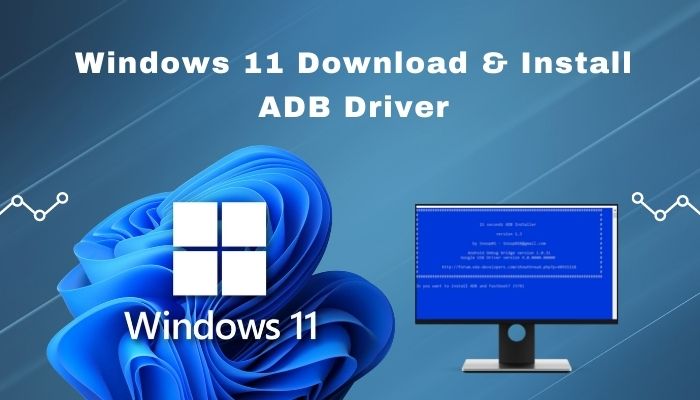
Let’s get started without further ado.
Check out the easiest way to Fix cFosSpeed Driver Preventing Windows 11 Installation
What is ADB and How Does it Work?
Android Debug Bridge (ADB) is a fundamental tool for Android Development. It allows users to perform high-level tweaking on Android devices at both app and system levels.
In order to access several features of the Android platform, users must utilize Android’s hidden paths and methods. And here comes ADB that enables you to access all available Android features for more extensive off-limits changes on Android devices.
ADB helps you flash and recover custom ROMs, sideload applications, firmware upgrades, system updates, and modify hidden settings, among other high-level adjustments.
The Android Debug Bridge (ADB) is based on the classic client-server architecture. There are three major components of ADB, these are:
- The client: The client indicates your computer, which you connect to your Android device.
- The daemon: Android uses daemons, which run commands on a device. They run in the background on each device and handle communication between the system and apps.
- The server: A server is a background process that manages communication between the client and daemon.
Now that you have a basic understanding of what ADB is and how it functions, let’s dive straight into the usage guide.
How to Download & Install ADB Driver on Windows 11
First and foremost, you need to install the ADB drivers on your computer to perform any customization on your Android devices. Without installing the ADB drivers, you can’t control your Android devices.
In this section, I will show you a step-by-step guide to downloading and installing the ADB drivers on your Windows 11 computer.
You can also follow these steps to install the ADB drivers on your Windows 10 or Mac computer. Sounds great, right? Okay, let’s see how to do this.
Here are the steps to download and install the ADB drivers on Windows 11:
1. Download ADB Drivers
First, you need to download Windows 11 ADB drivers, and the best source to download them is from the Android Developers website. You can get the ADB drivers for both the 64-bit and 32-bit operating systems there.
Here are the steps to download the ADB drivers on Windows 11:
- Go to the Android SDK Platform Tools website.
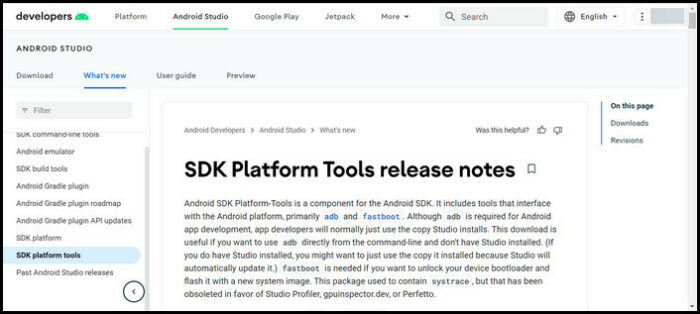
- Scroll down and click on the Download SDK Platform-tools for Windows link to download ADB for your Windows computer. You’ll see a prompt window.
- On the prompt window, scroll down, check the T&C checkbox, and hit the Download Android SDK Platform-Tools for Windows button.
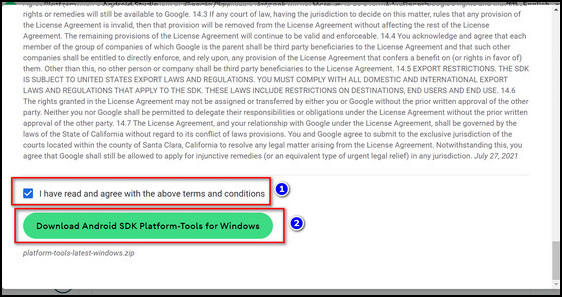
- Wait until the download process is complete.
Once the file is downloaded, you need to configure the Android to use ADB drivers on it. Let’s do that in the next step.
2. Set Up the Android Device
In order to run ADB commands, you must set up your Android devices, such as smartphones or tablets. You need to enable USB debugging on your device.
Without setting up your Android phone, you can’t establish the ADB bridge connection because your Android won’t be able to execute the ADB command. So, follow the steps below to set up your Android.
Here are the steps to set up your Android device:
- Open the Settings app on your phone.
- Go to the About Phone option on your Settings window.
- Find the Build Number section and tap on it several times to enable the Android Developer Mode. Notification will show on the display when the Developer Mode is enabled.
- Get back to the primary Settings window and open the Developer Options.
- Enable the USB Debugging option under the Debugging section.
- Connect your device to your PC using a USB cable. Change the USB mode to file transfer (MTP)
Now we are ready to use ADB for Windows 11. Let’s proceed.
3. Install ADB Drivers
Installing and setting up ADB drivers isn’t a typical job, but it is pretty straightforward. Let’s show you how to install it.
Here are the steps to install ADB on Windows 11:
- Go to the downloaded folder after completing the download process.
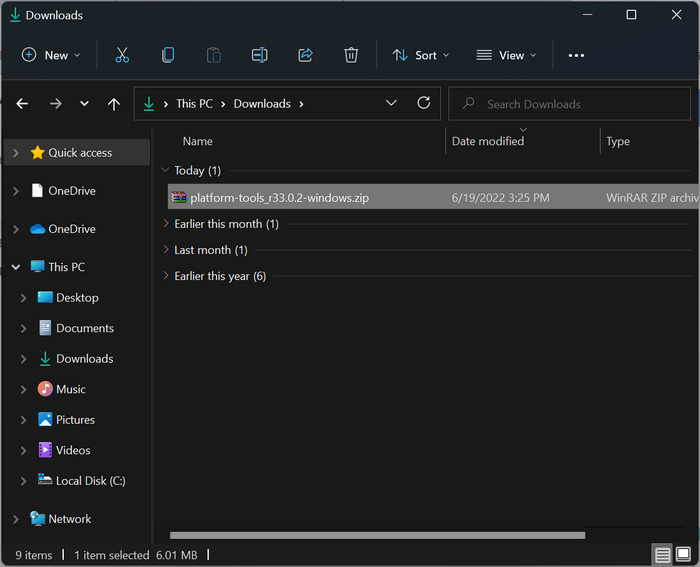
- Select and copy the ZIP file, then paste it into the root (C) drive.
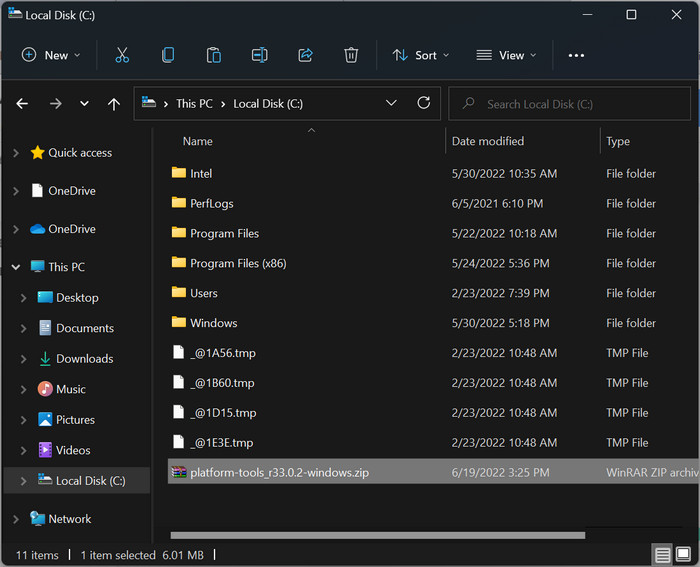
- Extract the ZIP file using the file-extracting software.
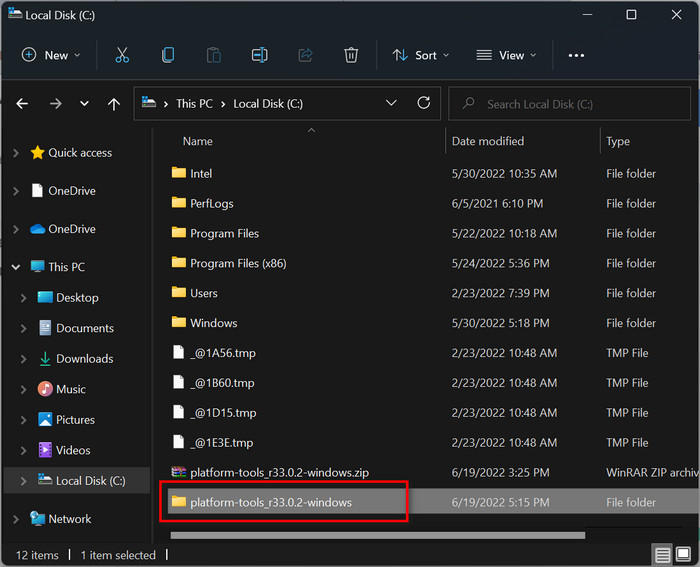
- Open the extracted folder and right-click on any empty space inside the folder.
- Select Open in Terminal from the context menu. If you’re on Windows 10, hold the Shift button and right-click to see the Open in Terminal option.
- Enter the following commands one by one into the Windows PowerShell to run the ADB daemon:
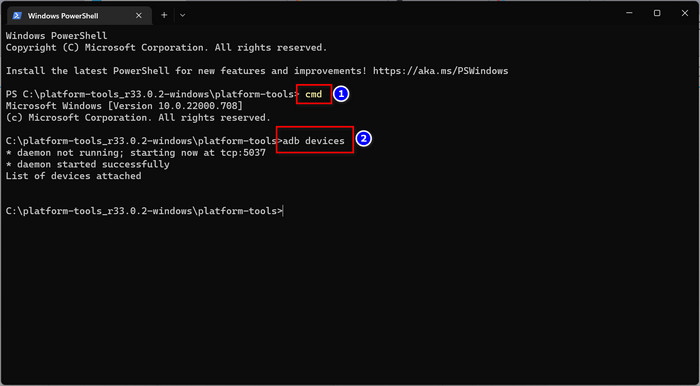
a. cmd
b. adb devices
- Allow the debugging access while the USB debugging prompt window appears on your Android device.
- Re-enter the command: adb devices.
After executing the above steps, you can see the list of all devices connected to your computer. It confirms that ADB is installed on your computer and that the ADB connection is complete.
Once the drivers are installed, you can run any ADB command or do ADB debugging on your connected device using the ADB shell.
How to Use ADB using WiFi
Using ADB via the USB cable may not be convenient always. There are many common USB connection issues and also you might need to install OEM drivers specific to the Android phone.
Using ADB over Wifi eliminates these issues and provides a streamlined way to run ADB commands. ADB over Wifi is natively supported starting with Android 11.
Follow the steps below to use ADB via Wifi:
- Ensure the Android and the computer are connected to the same WiFi
- On your phone, go to Settings > Developer options and enable Wireless debugging.
- Note the Wifi pairing code, IP address, and port displayed on the pop-up.
- Open Command Prompt
- Type the following command: “adb pair IP_Address:Port”, and press Enter, where you have to put the IP address and port number from the previous step.
- After running the command, you’ll be prompted for the pairing code that you noted earlier. Enter the pairing code and press Enter. You should see a message indicating pairing is successful.
- Execute the following command on your computer Command window: “adb connect IP_Address:Port”, where you have to put the IP address and port number you’ve noted above.
If you see a message saying “connected to IP_Address:Port”, you have successfully connected the ADB using Wifi.
Frequently Asked Questions (FAQs)
Does ADB work on Windows 11?
Yes, it works on Windows 11. Android Debug Bridge (ADB) also works on other versions of Windows like Windows 10. It also works on Mac and Linux OS.
Are ADB drivers safe for installation and use?
Yes, ADB drivers are safe for installation and use on your Windows or Mac computer. It only works as a bridge between your Windows PC/Mac computer and Android devices.
How do I download ADB drivers?
Go to the Android SDK Platform Tools website to download the ADB drivers. Then scroll down and find the Download section. After that, download the ADB drivers for your Windows, Mac, and Linux on the list.
Final Thoughts
The ADB has three major components: the client, the server, and the daemon. These three components are the ADB architecture.
The ADB is an excellent Android development tool of Google that allows users to perform different tasks by creating a bridge connection between their PC and Android phones.
Following this guide, you can easily and effectively establish the bridge connection between your Windows 11 PC and Android phones without facing any problems that help you flash and recover custom ROMs, sideload applications, firmware upgrades, customize OEM features or user interfaces, etc.
That’s it. Pretty simple, isn’t it? As usual, check out the other articles for more information and details. Thanks for staying with me. Have a good day.


